To perform at your peak for the duration of a game, you need to build up your stamina and cardiovascular strength. Soccer conditioning drills that target these specific attributes will improve your performance and reduce the risk of injury by strengthening key muscles and tendons. With so much information out there, it can be challenging to identify the right training program for your level, position, and team needs. Challenging yourself with new drills is an important way to keep improving as a soccer player. If you are on a team or regularly practice with others, this article is perfect for you! Whether you’re a beginner or advanced player, we’ve got great ideas for simple drills that improve agility, coordination, speed, strength, reaction time and more!
Players - Take Care of Your Body
As you get older, it becomes even more important to take care of your body and recover properly with proper nutrition and sleep. Here are a few tips to keep your body healthy and ready for game day: Stay hydrated: Drink plenty of water, and make sure you have a water bottle on hand at all times during practices and games:
- Sleep well: Get eight hours of sleep every night. This will help you recover from practices and games so you can stay healthy during the season.
- Eat well: Eat plenty of fruits, vegetables and proteins. Avoid sugary and processed foods so you have the energy to play your best.
- Stretch: Stretch at the beginning and end of every practice. This will help keep your muscles flexible and healthy. Stay positive: Soccer is a very physical game, and injuries are inevitable, so stay positive and don’t let them get you down.
Coach - Help your Team Stay Fit
Although the focus of this article is on improving fitness, it is equally important for coaches to help their players prevent injuries. Preventing injuries is a vital part of keeping your team fit by ensuring that your players are healthy enough to attend practices and games every week. This can be accomplished by taking preventative measures such as warming up before training sessions and games, participating in regular stretching and mobility sessions, and taking advantage of appropriate rest periods between training sessions to promote recovery.
By implementing these preventative measures, you can help your players stay healthy enough to attend practice and games regularly, which will allow them to push themselves to the maximum without overdoing it and getting injured in the process.
Highlight Fitness
In order to improve your team's fitness levels, you first need to understand how each player is currently ranked in relation to one another. Are some players in better shape than others? Do some need a lot of improvement? To determine your team's fitness levels, you can use a standardized fitness test, such as a timed shuttle run or a Yo-Yo endurance test, to accurately determine your players' fitness levels.
These tests score players based on their performance (higher scores equal better fitness levels), which you can use to rank your players in relation to one another to begin strategizing how to improve everyone's fitness levels for the upcoming season.
Diet
As an extension of helping your players prevent injuries, you should also attempt to help your team maintain a balanced diet. Eating properly is an oft-forgotten component of maintaining fitness and preventing injury, but it can make a huge difference when it comes to the overall health of your players. Having the entire team meet once or twice a week to discuss proper eating habits can have lasting benefits for your players both on and off the field.
Having a meeting over food is a great way to get everyone together and talk while also educating them on what they should be eating and how it helps them play better soccer. If possible, you should also consider having your team meet with a nutritionist to be evaluated on their current diet and given recommendations on how to improve it. This is an especially useful approach for younger teams where your players are likely still developing eating habits and preferences.


Improve Your GameJust 1.99 p/m
Exclusive drills and sessions, get involved today!
- 100’s of Drills
- Coach to Camera Videos
- Sessions from Pro’s
- Industry Leading Advice
Conditioning Drills
Soccer Agility Drills
Agility is a key attribute for all soccer players, regardless of position. To improve agility, try these three drills:
- Agility ladders - Place 10 plastic ladders (or pieces of tape) on the ground 5 yards apart. Step over each ladder with one foot at a time, alternating legs.
- Spiderman push-ups - Perform push-ups with your feet on the floor and your hands on a wall. Keep your body in a straight line from head to foot.
- Agility ladder drills - Perform a variety of movements around an agility ladder, such as side-steps, back-pedals, and lunges. It is important to note that agility training can cause significant muscle soreness. To reduce the risk of injury, always use proper form and avoid these drills if you have knee or ankle problems.
Strength and Conditioning Drills
Soccer is a sport that places a high demand on your muscles. This is why it is important to maintain your muscular strength and endurance. While this is often done through weight training, you can also target key muscles through aerobic exercises and soccer conditioning drills. Try these three routines to build strength and endurance: -
- Squats - Stand with your feet hip-width apart and your toes pointed straight ahead. Slowly bend your knees and lower your hips until your thighs are parallel to the ground. Squeeze your glutes and lift yourself back to the starting position.
- Lunges - Stand with your feet hip-width apart. Take a large step forward with one leg and bend both knees until your front knee is at 90 degrees. Push yourself back to the starting position to complete one rep.
- Bench jumps - Squat down and place both hands on a bench or other low surface. Jump up so your knees are bent and land softly on the surface with both feet. Repeat this sequence 10 times.
Soccer Shifting Drills
During a game of soccer, you will often be required to change direction quickly. Shifting is also a key component of many other soccer skills, such as dribbling and passing. To improve your shifting ability, try these three drills: -
- Dribbling with obstacles - Stand on a soccer field with 10 orange cones and dribble between each cone. When you finish the circuit, dribble back to the start and repeat for 10 minutes.
- Change of direction - Stand on a soccer field with 10 orange cones and shift directions between each cone. When you finish the circuit, shift directions again and repeat for 10 minutes.
- Agility ladder dribbling - Stand on a soccer field with an agility ladder and dribble a soccer ball through the ladder’s openings. When you finish the circuit, dribble through the ladder again and repeat for 10 minutes.
Soccer Sprinting Drills
To perform at your peak during soccer games, you will likely be required to sprint at some point. Sprinting is also a key component of other soccer skills, such as tackling and shooting. Try these three drills to improve your speed and endurance:
- Jogging with interval sprints - Jog at a moderate pace for a few minutes. Then, sprint as fast as possible for 30 seconds. Jog at a moderate pace until you are tired, then end your session.
- Sprints with hills - Stand on a hill and sprint up it as fast as possible. Then, walk down and repeat for 10 minutes.
- Sprints with jump ropes - Stand on a soccer field and jump rope as quickly as possible. When you are tired, stop jumping and repeat for 10 minutes.
Jumping Drills
In soccer, strength and speed are important, but endurance is the most critical skill to develop. To boost your endurance, perform high-intensity interval training (HIIT) three or four times per week. In this type of workout, you alternate between short bursts of high-intensity exercise with low-intensity recovery periods. Soccer requires constant, intense movement, so HIIT workouts help you get your heart rate up quickly.
To improve your OBW, jump rope for one minute, then rest for three minutes. Repeat for a total of eight minutes. To improve your CMJ, perform three sets of 10 CMJs with 30 seconds of rest in between each set. To improve your FE, perform one minute of jump rope followed by one minute of rest for a total of six sets.
Soccer-Specific Endurance Workouts
To improve your soccer-specific endurance, perform one or two soccer practices per week and play a game at least once a week. You can also add one to two cardio sessions per week, such as running, swimming or elliptical workouts. To improve your leg endurance, perform three sets of 10-second hill sprints. Start by jogging up the hill for 10 seconds, then sprint up it for 10 seconds. Take a very short rest, then jog down the hill for 10 seconds, rest for 30 seconds, then sprint down the hill for 10 seconds.
To improve your upper-body endurance, perform three sets of 10 push-ups. To increase your core endurance, perform as many crunches as you can in one minute, rest for one minute, then perform as many crunches as you can in one minute again.
Free Grassroots Fun Soccer Games eBook

Keeping players on top of their game throughout the season is critical, and small-sided games are ideal for this. There are over 50 activities in this guide to help you do just that.
Download Free NowCupello Conditioning Soccer Drills
1.Match Reaction Agility
Performance among youth players is predicated on speed of play and match-related fatigue, and agility is key. Pre-season agility is critical for physical performance among youth players.
2. 2v2+4 Game Agility
Physical performance is particularly dependent on agility in young players who have not experienced physical labour. It is associated with rapid performance and match fitness as well as rapid turning and utilising bursts of speed to outmanoeuvre opponents.
3. Bounce Pass and Move
Young players who have not been active physically require match fitness and speed of play, both of which are linked to agility. Agility is important for turning quickly and utilising bursts of speed to outmaneuver opponents.
4. Tic tac Toe
It's a great way to help players find space to receive the ball if you work on passing and movement with a bounce board on an individual level then introduce a team mate to make the same moves.
5. Agile Movement
Players can improve their dribbling using both feet, and I can get them game ready at the same time.
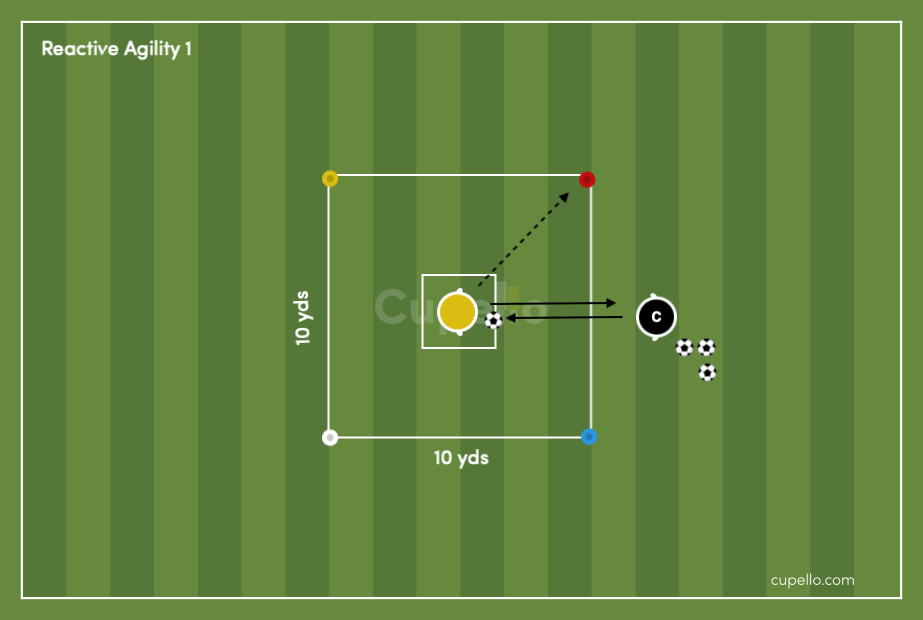
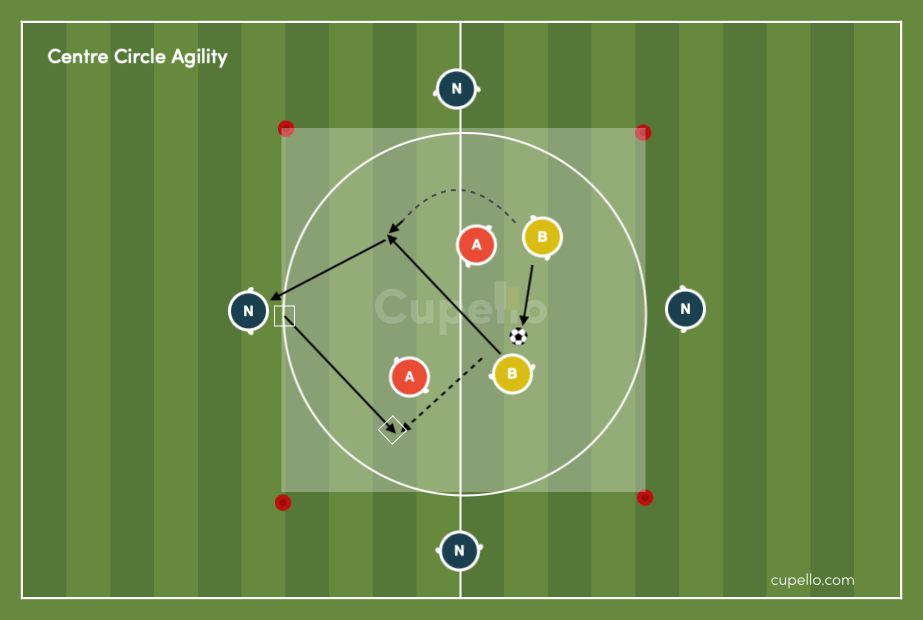
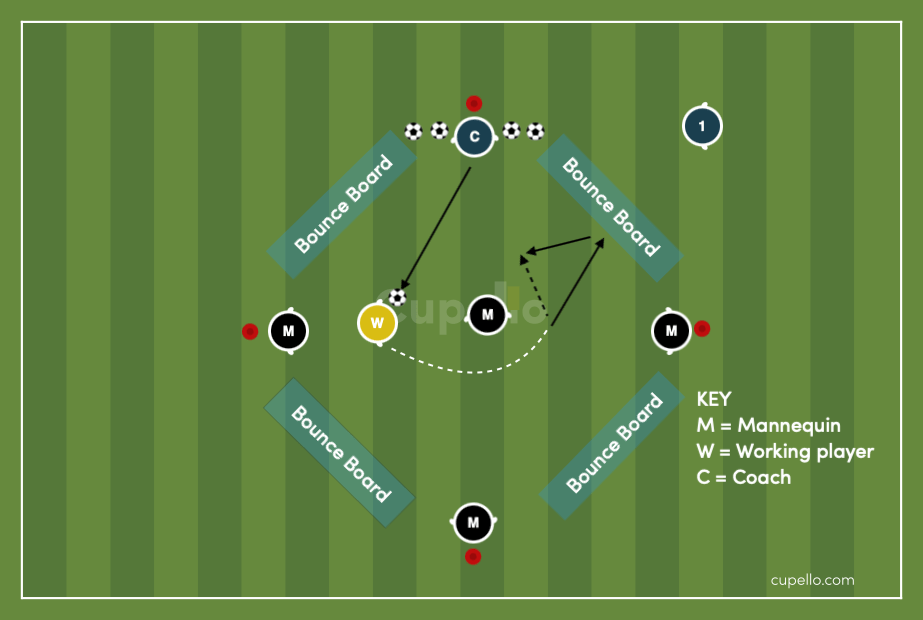
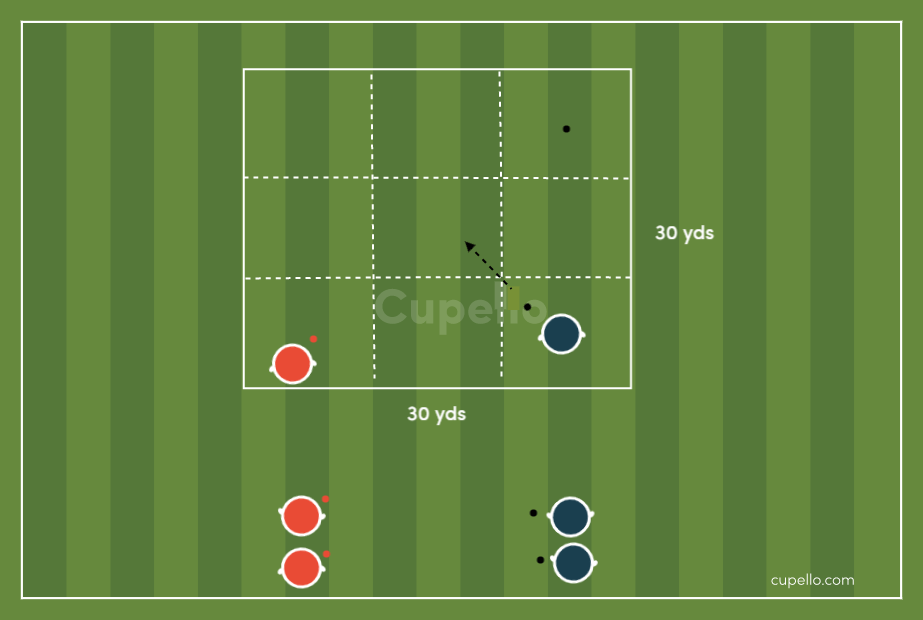
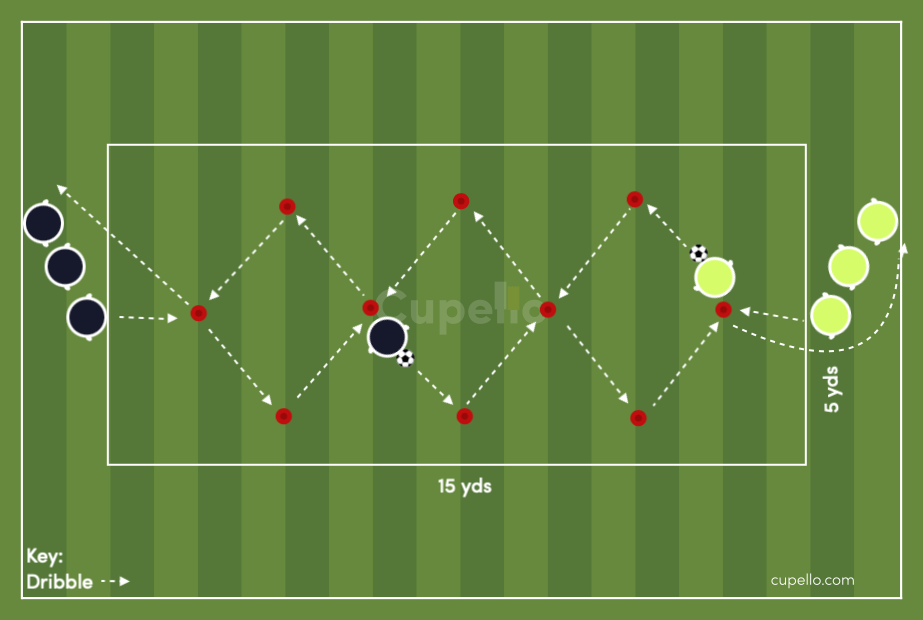
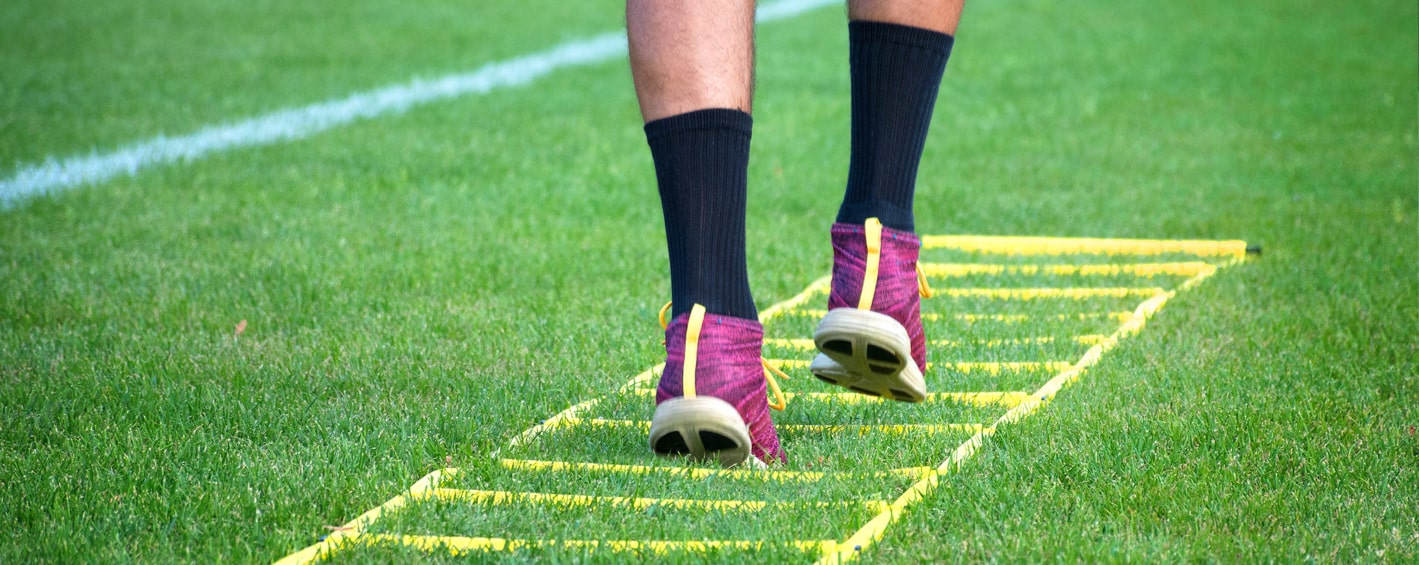
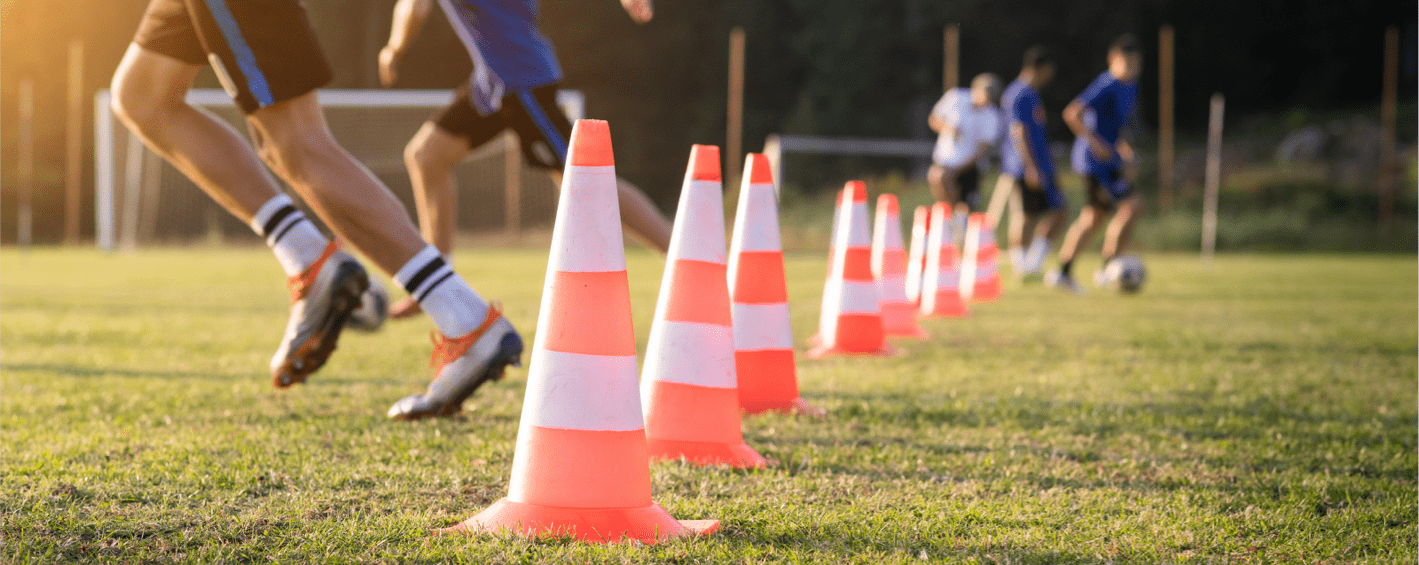
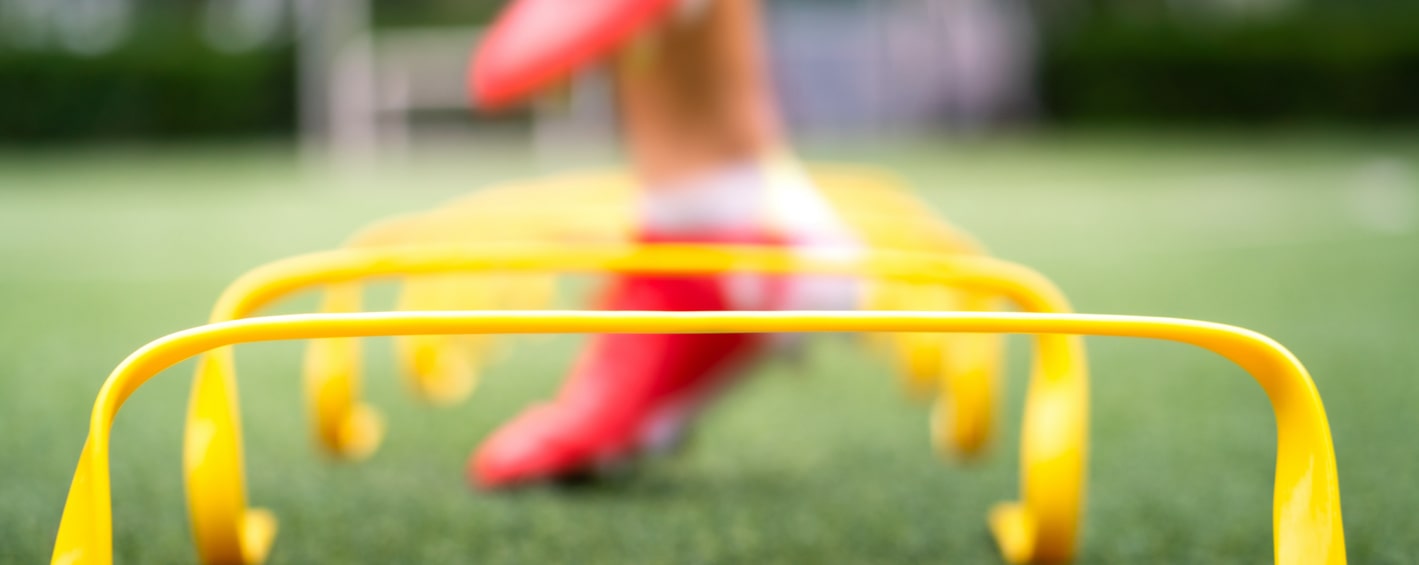

Cupello
Rethinking soccer coaching via our industry leading tools. Built to offer effective coaching development solutions for players and coaches of all levels.